The other day, I found myself staring at my screen, waiting for inspiration to strike like a lightning bolt. You know, that magic moment when the perfect idea pops into your head, fully formed, ready to go. But instead, all I could think about was how much coffee I’d already consumed without getting a single word written. That’s when it hit me—I could’ve asked a generative AI to do the heavy lifting.
Yes, folks, generative AI isn’t just for tech wizards anymore. It’s a game-changer, a disruptor, and, let’s face it, sometimes a procrastinator’s best friend. From crafting clever blog posts to producing photorealistic images or even simulating complex business scenarios, generative AI is quickly expanding its reach—and honestly, it’s a little thrilling (and maybe a tad scary). Let’s dive into how this tech marvel is reshaping industries, creativity, and even our daily lives.
What Exactly Is Generative AI?
Before we get into the juicy details, let’s break down what generative AI actually is. At its core, generative AI is a type of artificial intelligence that can create new content—text, images, music, and more—based on the patterns it has learned from massive datasets. Think of it as a super-powered creative assistant that never sleeps, eats, or complains about deadlines.
Ever played with tools like ChatGPT (hi there!) or DALL·E? Those are classic examples of generative AI in action. Feed them a prompt, and voilà! You get everything from a witty social media caption to an image of a cat riding a skateboard on Mars. (Don’t ask me why that was my first example; it’s just peak internet, okay?)
Revolutionizing Creativity
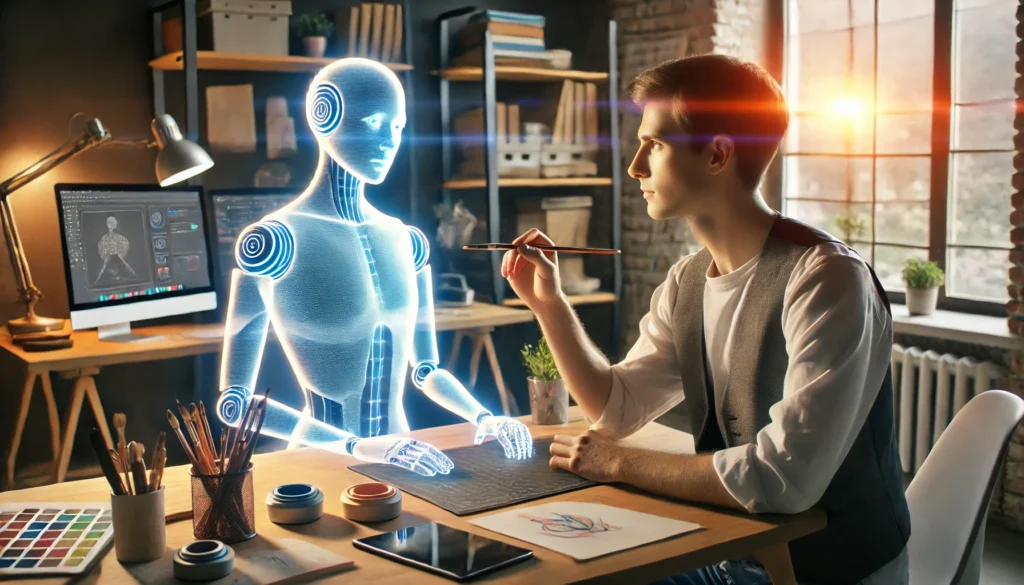
One of the most mind-blowing impacts of generative AI is how it’s democratizing creativity. Remember when creating professional-quality designs or writing a killer pitch required either years of experience or hiring a specialist? Now, tools like Canva’s AI design features or Jasper (for writing) are helping people with zero creative background produce stunning results.
For writers, this means no more staring at a blank page for hours. (Been there, hated that.) AI tools can generate outlines, suggest headlines, or even write entire articles. For artists, platforms like MidJourney and Stable Diffusion can turn simple text descriptions into gallery-worthy digital art. Musicians? Yep, AI’s got your back too, composing original tracks based on a few mood keywords.
Does this mean creativity is becoming… automated? Not quite. While AI can assist and enhance, the human touch is still irreplaceable—at least for now. Think of it as a partnership: you bring the big ideas, and AI helps bring them to life faster and with fewer headaches.
Beyond the Creative Realm
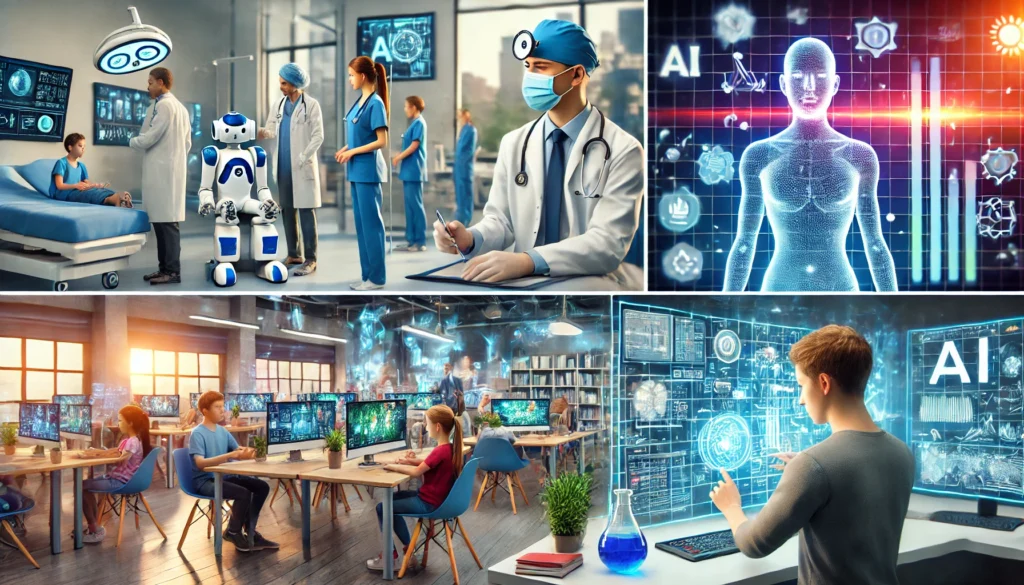
Generative AI isn’t just hanging out with artists and writers. It’s elbowing its way into industries like healthcare, education, and even gaming.
- Healthcare:
AI is simulating medical procedures, helping doctors plan complex surgeries, and even generating synthetic data for research (a huge deal when patient privacy is involved). - Education:
Teachers are using AI to create personalized learning experiences, generating lesson plans or even grading assignments. Imagine a world where students get instant feedback on their essays—without overloading their poor teachers. - Gaming and Entertainment:
Ever dreamed of an open-world game where the plot isn’t fixed, and every character has unique AI-generated backstories? Welcome to the future of gaming. Studios are already experimenting with this to make worlds that feel truly alive.
And let’s not forget businesses. From generating product descriptions for e-commerce to automating customer service interactions, generative AI is saving companies time and money while making their operations more efficient.
The Big Debate: Helper or Replacer?
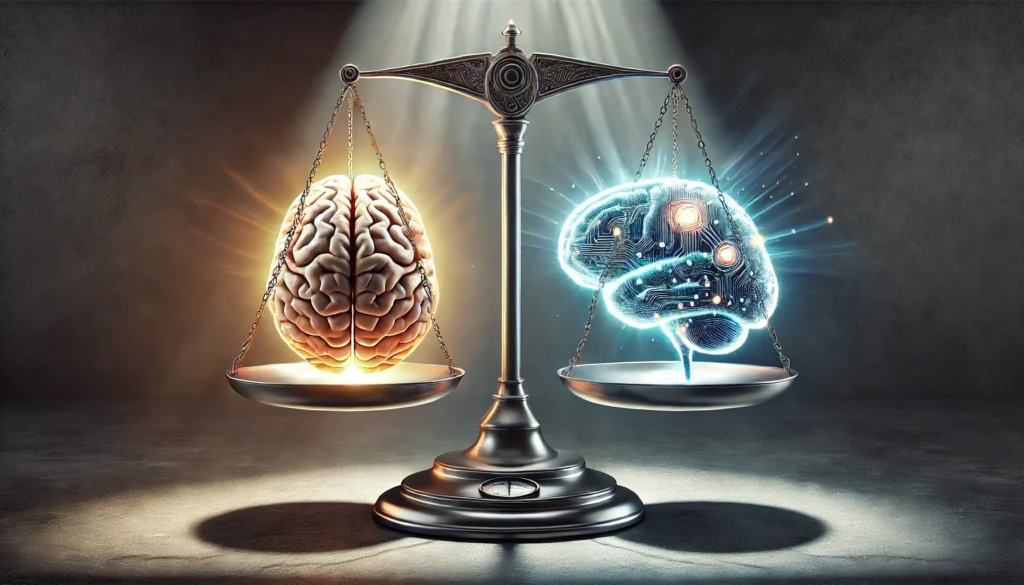
Here’s where things get a bit dicey. With all this automation, people are understandably worried about job displacement. If AI can write better than an average copywriter or design logos in seconds, what happens to the humans in those roles?
The truth is, while generative AI is incredible at handling repetitive tasks or producing content based on clear instructions, it still struggles with nuance, originality, and emotional depth. (Cue my sigh of relief.) Creative professionals aren’t going extinct—they’re evolving. By leveraging AI as a tool rather than fearing it as a competitor, we can focus on higher-level thinking, strategy, and innovation.
Still, there’s no denying the ethical concerns. Who owns AI-generated content? How do we prevent misuse, like deepfakes or fake news? These are the questions that will shape the future of this technology—and humanity’s relationship with it.
What’s Next?
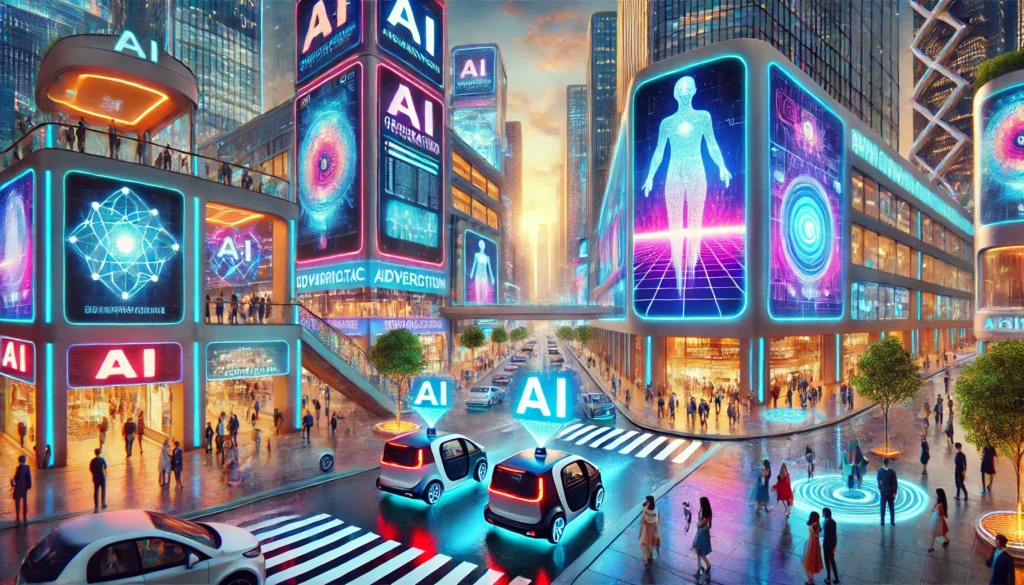
Generative AI isn’t slowing down. Experts predict even more integration across industries, from personalized shopping experiences to complex scientific research. And with tech giants like OpenAI, Google, and Meta in a full-on AI arms race, the capabilities of these tools are only going to grow.
For individuals like you and me, it’s an exciting time. Want to start a blog? AI can help. Need an audiobook narrated but don’t have the budget for a voice actor? AI’s got your back. But as we embrace this new era, it’s up to us to use this tech responsibly and keep the human spark alive in everything we create.



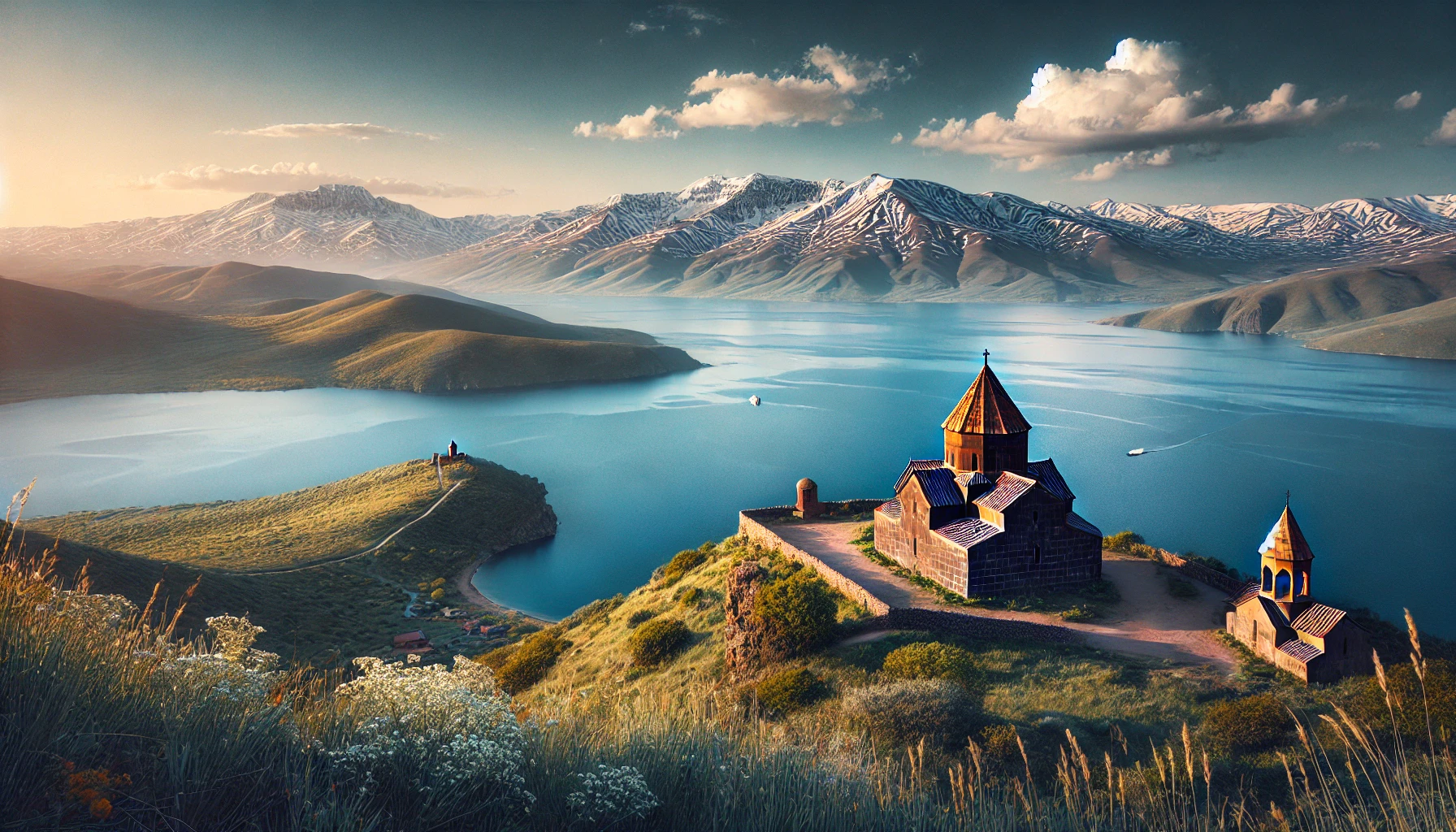
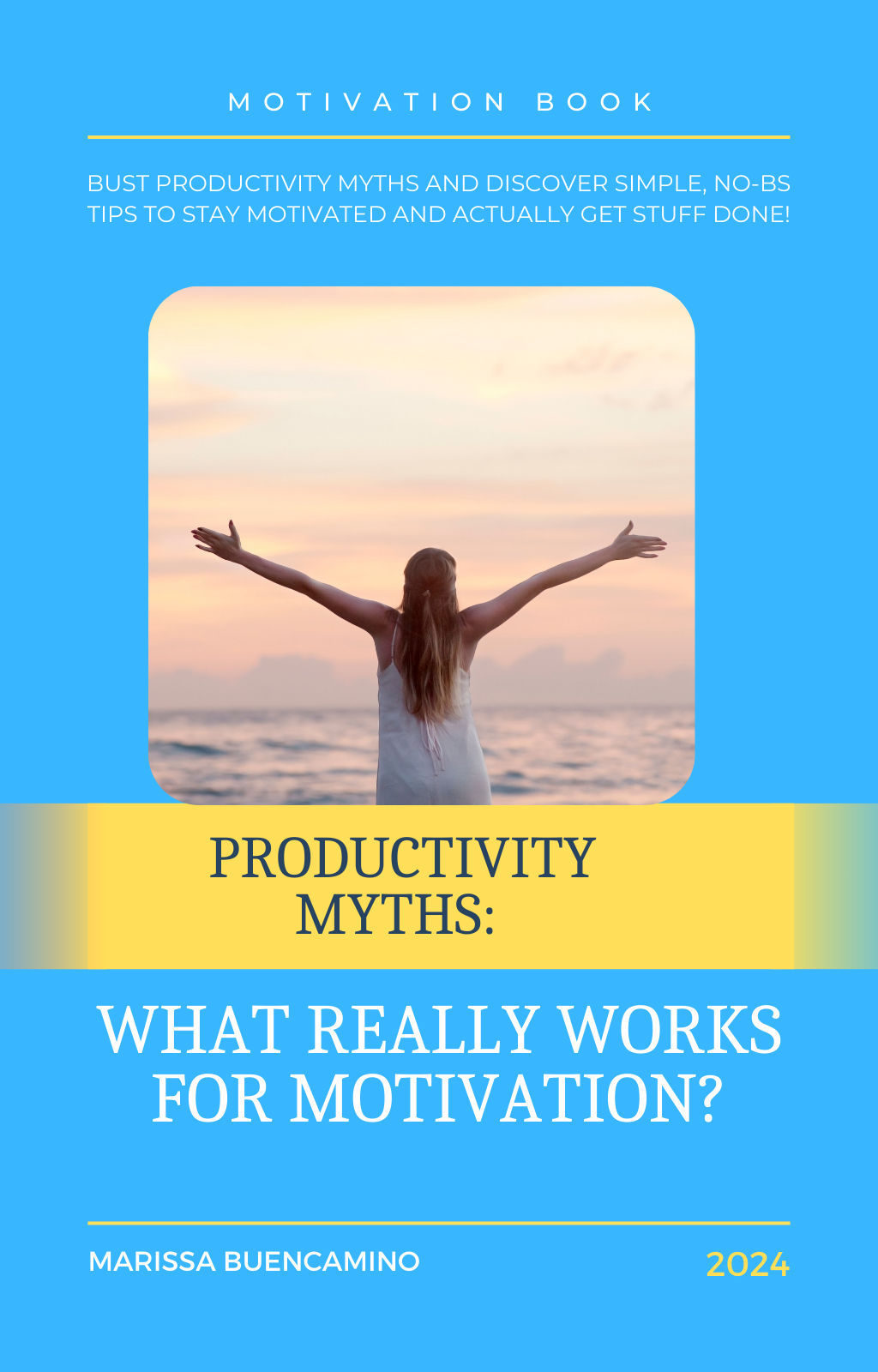

Excellent way of describing, and pleasant piece of writing to obtain information on the topic of my presentation subject, which i am going to present in academy.
Can you be more specific about the content of your article? After reading it, I still have some doubts. Hope you can help me.
Menurut saya, tulisan ini punya nilai lebih karena berhasil menjelaskan topik
KUBET dan Situs Judi Bola Terlengkap dengan sederhana namun tetap padat.
Banyak orang mungkin mencari informasi singkat yang langsung menjawab rasa penasaran mereka, dan artikel ini menurut saya
cukup memenuhi itu.
Selain memberikan penjelasan, artikel ini juga menekankan keunggulan yang membuat KUBET dan Situs Judi Bola
Terlengkap semakin dikenal.
Saya berharap penulis terus konsisten dalam menyajikan konten berkualitas, karena pembaca pasti akan lebih betah mengikuti perkembangan dari waktu ke
waktu.
Ulasan seperti ini sangat bermanfaat, terutama bagi yang baru mengenal topik terkait.
Greetings from Idaho! I’m bored to death at
work so I decided to browse your blog on my iphone during
lunch break. I love the info you present here and can’t wait to take a look when I
get home. I’m shocked at how quick your blog loaded on my mobile ..
I’m not even using WIFI, just 3G .. Anyways, fantastic blog!
Seks izle
Thanks for sharing. I read many of your blog posts, cool, your blog is very good.